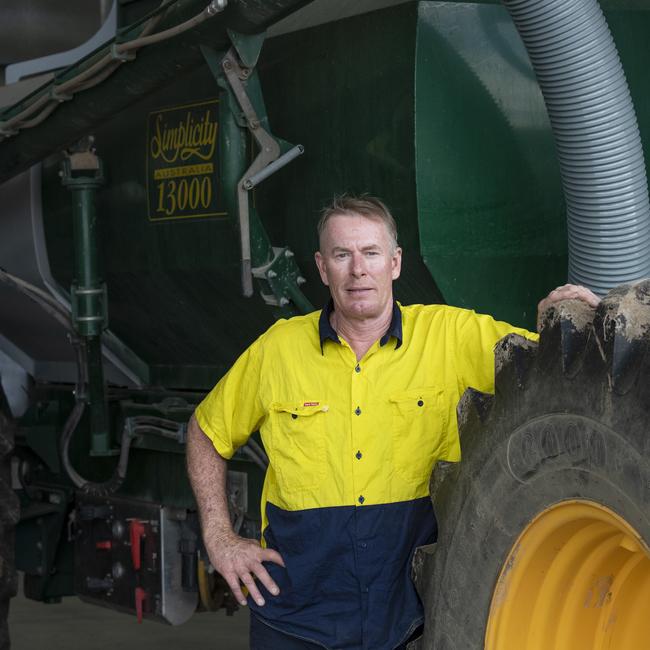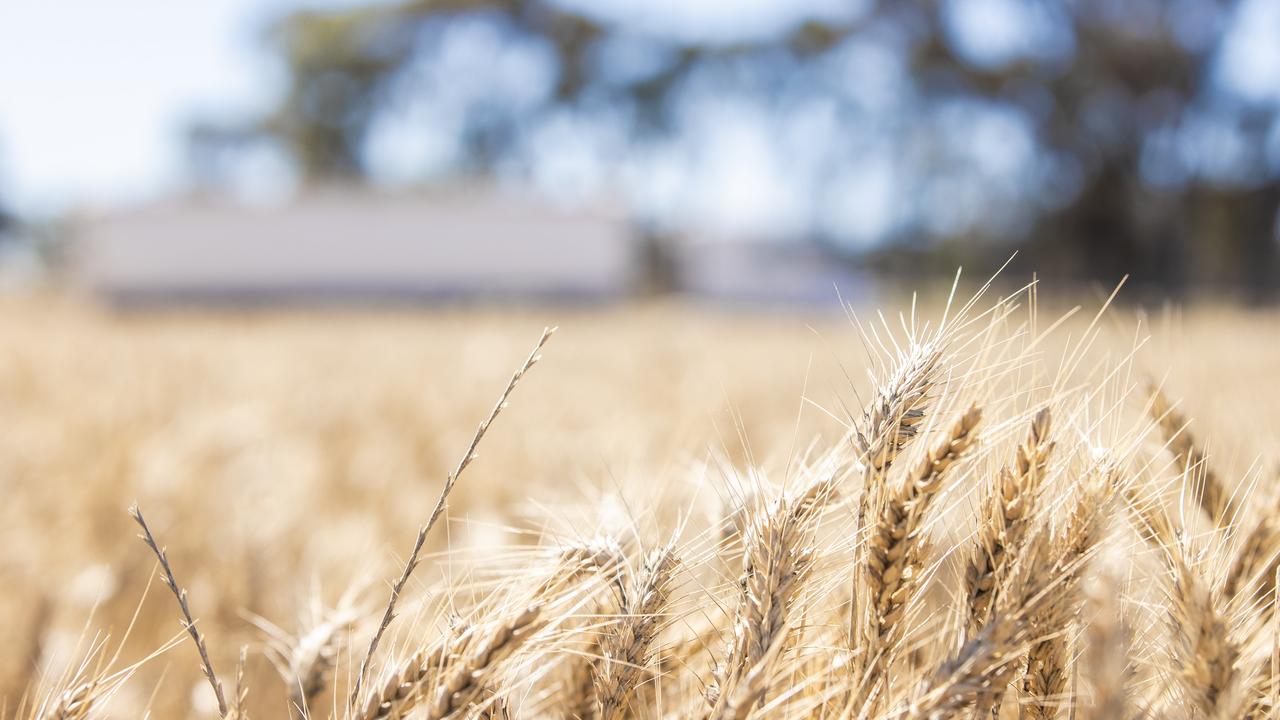Canola prices are tipped to increase $15 a tonne after the latest USDA report
Canola prices have climbed up above $800 a tonne after the latest USDA report. See what it means for Australian growers.

Canola prices have experienced an immediate uptick of up to $17 a tonne after the United States Department of Agriculture issued new commodity estimates.
Prices for canola in Victoria were tracking at $800 a tonne at port on Monday.
The World Agricultural Supply and Demand Estimates, released last Friday, has cited reduced global supplies of wheat and some oilseeds.
The report stated that global canola production for the 2024-25 marketing year would decrease by 1.1 million metric tonnes due to lower yields in Canada.
Market Check chief executive Nick Crundall said canola prices would increase $10 to $15 a tonne after responding aggressively to the report.
“There will be flow-on effects due to tighter global supply and demand,” he said.
“We should definitely see higher canola prices, and barley may also be higher,” he said.
More broadly, the falling Australian dollar also affected grain and oilseed prices and made the domestic crop competitive in the international market.

Chris Drum of Banyena said when he checked futures prices on Monday morning, the price had increased $17 a tonne.
“The futures were going up a fair bit,” he said.
Mr Drum said any increase in commodity prices was positive. However, he had locked in the canola crop earlier in the season.
Harvest was completed just after Christmas at his place.
Canola yielded at slightly less than 2 tonnes a hectare.
He said the current price outlook and world projections would also likely come into play when planning the upcoming 2025 winter crop.
“It’s something that will be considered before planting,” he said.
Meanwhile, the overall projections from the WASDE were for larger supplies of wheat for domestic use in the US.
Feed and residual use of grain in the US remained unchanged at 120 million bushels (from the last report in December). The global wheat outlook for 2024-25 was for slightly larger supplies, lower consumption, reduced trade, and higher ending stocks.
Supplies were raised by 0.4 million tonnes to 1,060.7 million, with higher production for Syria and Pakistan.




